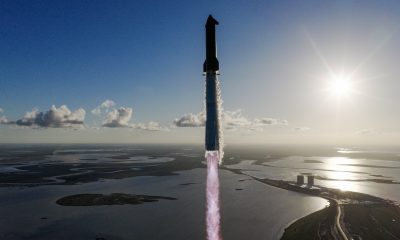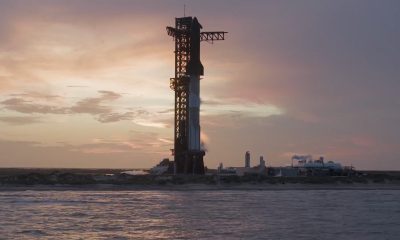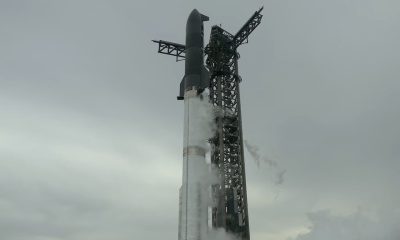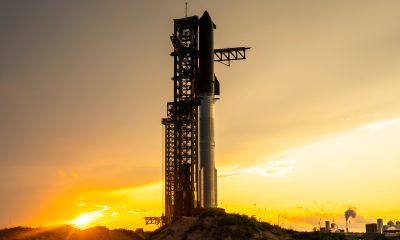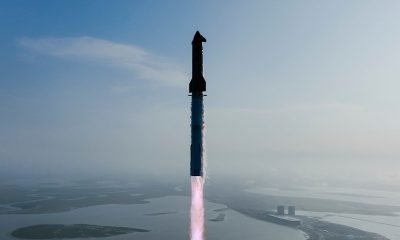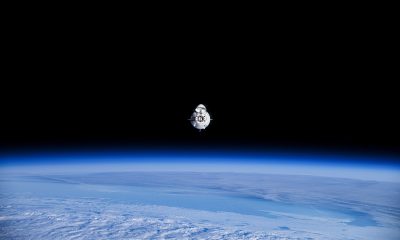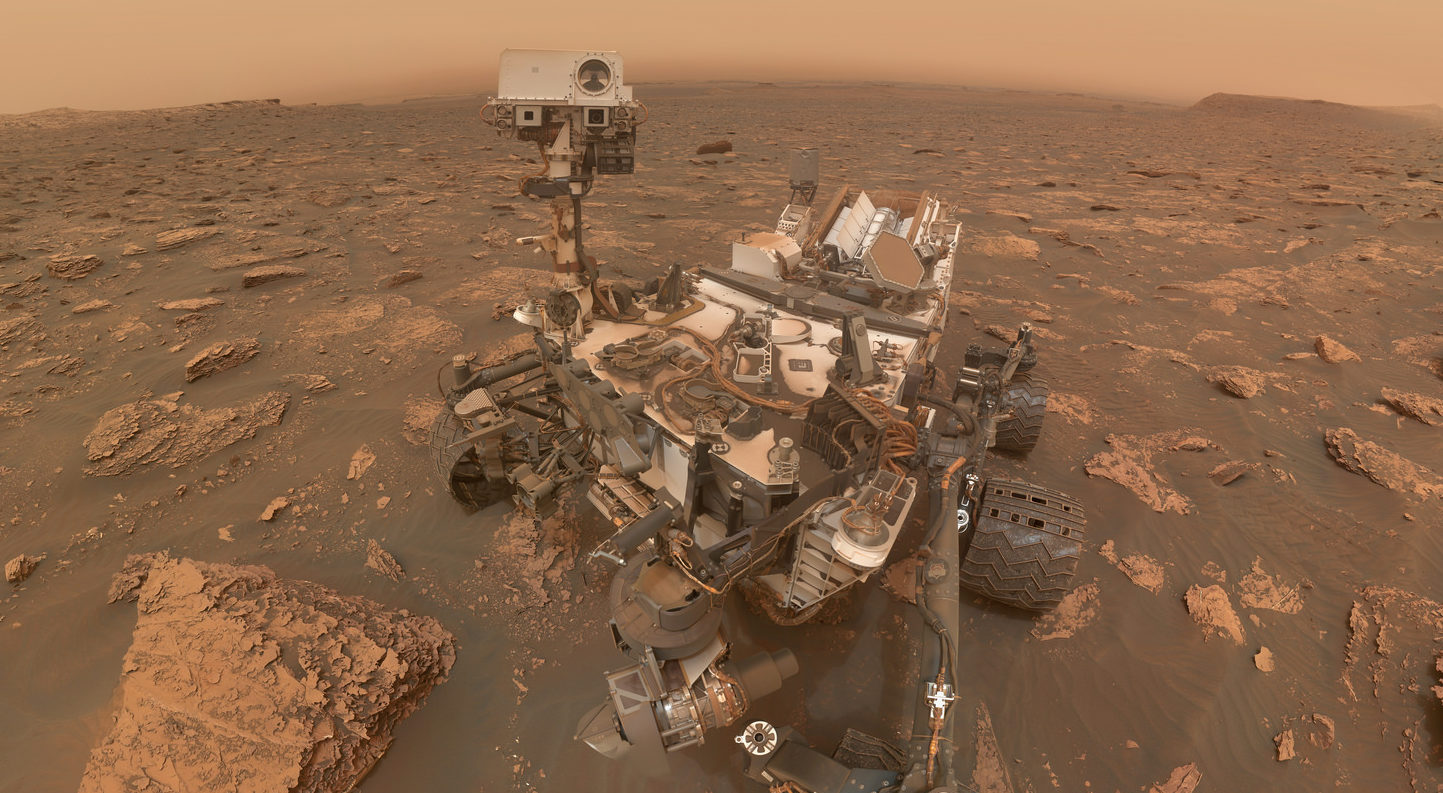
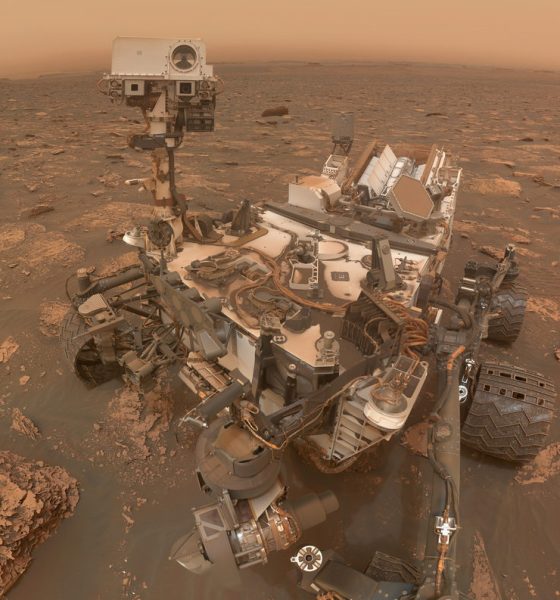
Space
NASA’s Mars rover engineers face their new big challenge: Working from home
It’s no surprise that millions of people have been forced to leave their offices and work remotely and separated from coworkers amid the ongoing pandemic.
But what if your star coworker isn’t just in another state, but is on an entirely different planet? That’s what engineers and scientists at NASA’s Jet Propulsion Laboratory are having to contend with. Their golf cart-sized coworker is busy roving across the Martian surface.
NASA is used to sending commands to its spacecraft spread across the solar system, but they typically do so from control rooms at various agency centers and rely on their colleagues to troubleshoot and plan mission objectives. So when the Curiosity rover’s team was asked to stay home as part of an effort to stop the spread of the novel coronavirus, that team now had to manage hundreds of people along with a six-wheeled rover.
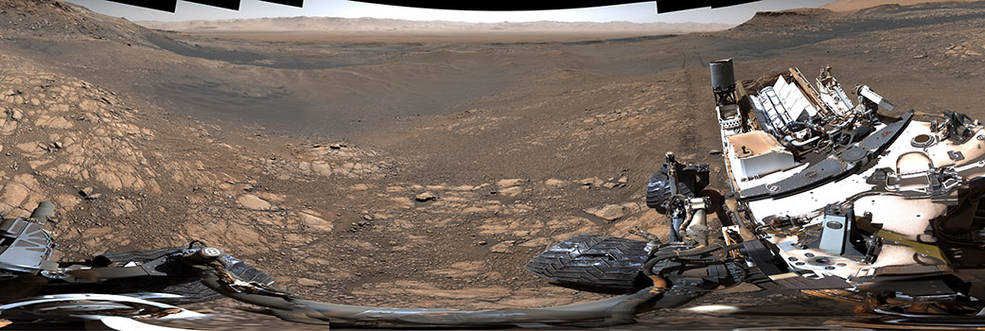
Curiosity touched down on Mars in 2012, and ever since it has been busy exploring the red planet. But in order to carry out its objectives, the rover relies on a team of humans here on Earth to write computer code that will instruct the rover on how to carry out actions and conduct experiments on Mars.
“We’re usually all in one room, sharing screens, images, and data. People are talking in small groups and to each other from across the room,” Alicia Allbaugh, who leads the Curiosity team, said in a NASA blog post.
Now, instead of sharing screens, they’re managing multiple chats and video conference calls to pull off the same tasks they would in office. Typically it takes multiple people working together for the rover to be able to complete one task. For instance, it’s a coordinated effort between approximately 20 people to program Curiosity to drill into a Martian rock and analyze the sample collected.
To help them do their jobs, NASA equipped its employees with headsets, and other computer equipment, as well as provide 3D glasses that would allow the operators and scientists to view the 3D images the rover collects and beams back.
NASA had to equip the workers with headsets, monitors and other computer equipment to make sure their work-from-home setups were adequate.
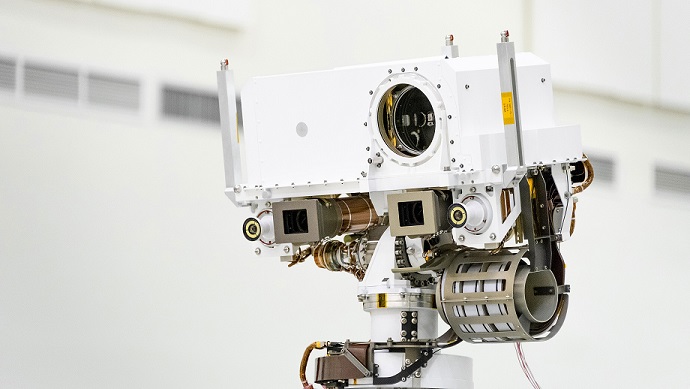
Carrie Bridge leads Curiosity’s science operations and says that teleworking has had its challenges, but in typical NASA fashion, the team (and the agency) have risen to the challenge.
“It’s classic, textbook NASA,” she said. “We’re presented with a problem and we figure out how to make things work. Mars isn’t standing still for us; we’re still exploring.”
Curiosity’s companion, the Mars Perseverance rover is busy preparing for its upcoming flight to the red planet. The rover, basically a souped-up version of Curiosity, will launch this summer. If all goes as planned, it will touch down on the Martian surface in February 2021 where it will explore an ancient river bed in search of life.
News
SpaceX opens up free Starlink service for those impacted by Hurricane Melissa
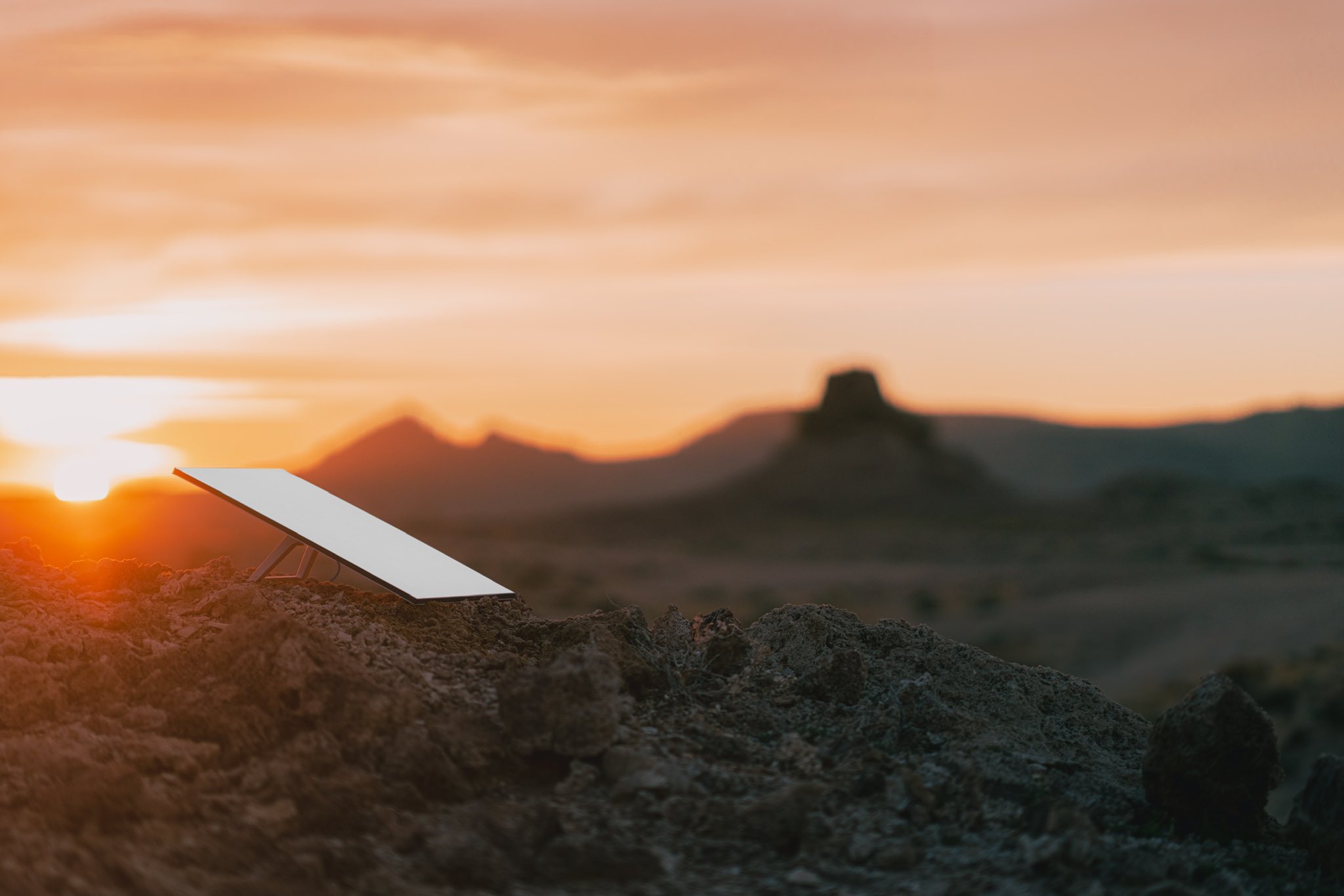
SpaceX is opening up its internet service, Starlink, to those impacted by Hurricane Melissa, as it made landfall in Jamaica and the Bahamas as a Category 5 storm.
Hurricane Melissa is expected to reach wind speeds of over 165 MPH over the next few days as it extends out into the Atlantic Ocean by Thursday and Friday.
Satellite imagery shows Hurricane #Melissa‘s growth from its formation on October 21 to a Category 5 hurricane through October 27, 2025. #HurricaneMelissa pic.twitter.com/goR3Hbgb9c
— The Weather Network (@weathernetwork) October 27, 2025
Citizens in Jamaica and the Bahamas have been preparing for the storm for the past week, getting necessary goods together and preparing for the massive storm to arrive. It finally did yesterday, and the first images and video of the storm are showing that it could destroy many parts of both countries.
Starlink is now being opened up for free until the end of November for those impacted by the storm in Jamaica and the Bahamas, SpaceX announced today:
For those impacted by Hurricane Melissa in Jamaica and the Bahamas, Starlink service is now free through the end of November to help with response and recovery efforts → https://t.co/fUko3xSviJ
— Starlink (@Starlink) October 28, 2025
It is a move similar to the one the company made last year as Hurricane Helene made its way through the United States, destroying homes and property across the East Coast. SpaceX offered free service for those impacted by the destruction caused by the storm.
The free Starlink service was available until the end of 2024.
Elon Musk’s companies have also made similar moves to help out those who are impacted by natural disasters. Tesla has offered Free Supercharging in the past, most notably during the California wildfires.
Tesla and SpaceX’s LA fire relief efforts: Cybertrucks, free Starlink and more
One major advantage of Starlink is that it is available for use in situations like this one, where power might be required to operate things like a modem and router.
Internet access is a crucial part of survival in these situations, especially as it can be the last leg some stand on to get in touch with emergency services or loved ones.
News
SpaceX reaches incredible Starlink milestone
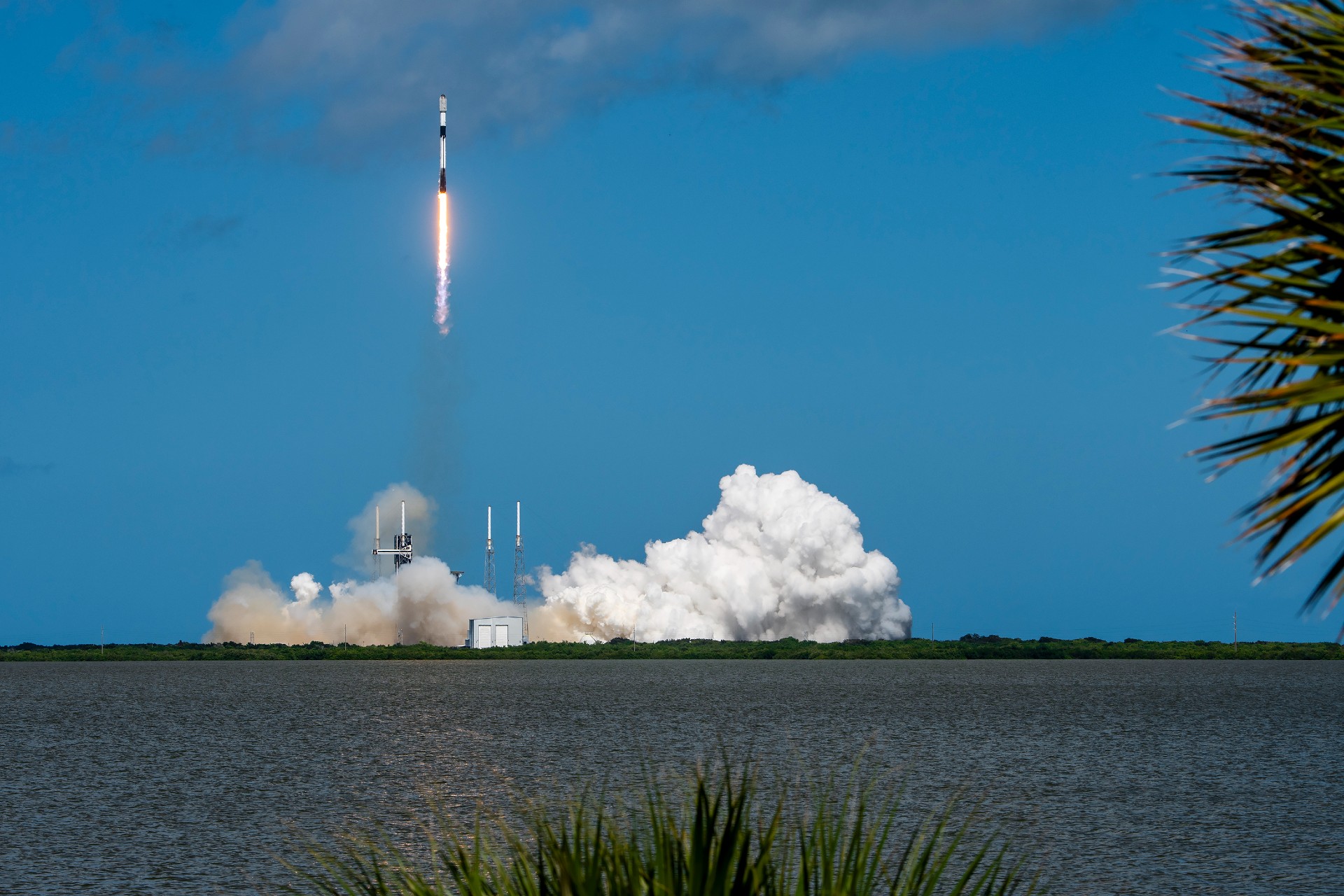
SpaceX has reached an incredible milestone with its Starlink program, officially surpassing 10,000 satellites launched into low Earth orbit since starting the program back in 2019.
Last Sunday, October 19, SpaceX launched its 131st and 132nd Falcon 9 missions of 2025, one from Cape Canaveral, Florida, and the other from Vandenberg, California.
The 10,000th Starlink satellite was aboard the launch from California, which was Starlink 11-19, and held 28 v2 mini optimized satellites.
The achievement was marked by a satellite tracker developed by Jonathan McDowell.
🚨 With its Falcon 9 launch last Sunday, SpaceX officially has 10,000 Starlink satellites in orbit pic.twitter.com/xS5RVZ4ix0
— TESLARATI (@Teslarati) October 26, 2025
The first Starlink launch was all the way back on May 23, 2019, as SpaceX launched its first 60 satellites from Cape Canaveral using a Falcon 9 rocket.
Of the over 10,000 satellites in orbit, the tracker says 8,608 are operational, as some are intentionally de-orbited after becoming faulty and destroyed in the atmosphere.
SpaceX has truly done some really incredible things during its development of the Starlink program, including launch coverage in a global setting, bringing along millions of active subscribers that use the service for personal and business use, locking up commercial partnerships, and more.
Starlink currently operates in around 150 countries, territories, and markets and is available at least somewhere on all seven continents.
Additionally, Starlink has over 5 million subscribers worldwide, and 2.7 million have joined the program over the past year. It has revolutionized internet access on commercial aircraft as well, as several high-profile airlines like Qatar and United, among many others, have already installed Starlink on some of their planes to deliver more stable connectivity for passengers and crew.
SpaceX has the approval to launch 12,000 Starlink satellites from the FAA, but it plans to bring over 30,000 to its constellation, giving anyone the ability to have access to high-speed internet.
Elon Musk
SpaceX aces Starship’s 11th launch with success in every mission objective
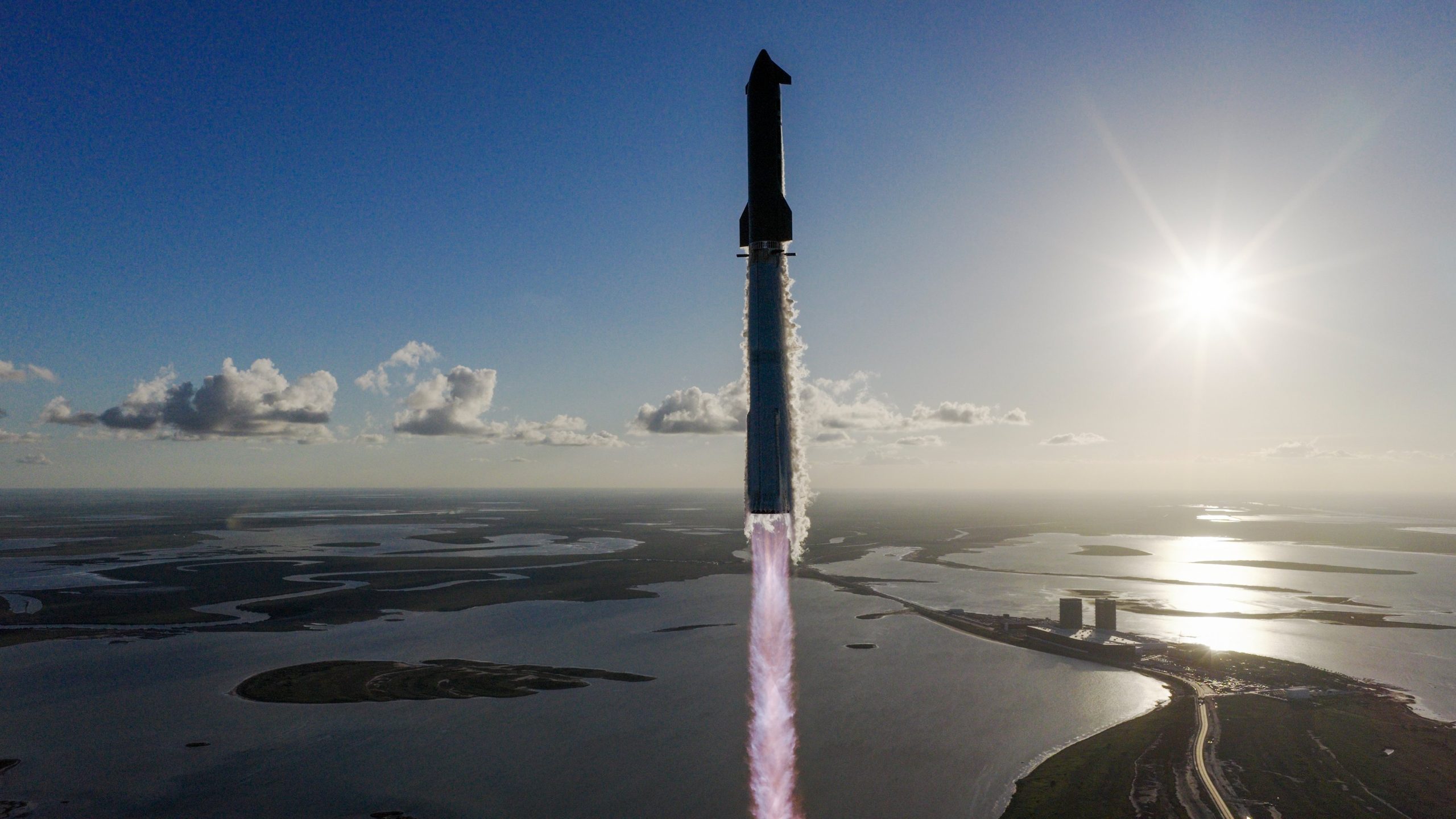
SpaceX aces its eleventh Starship test launch on Monday evening, marking the company’s second consecutive takeoff that crossed off each of the planned mission objectives.
It was also the final launch of the V2 Starship rocket. The twelfth test flight will feature the larger V3 Starship rocket, followed by V4, which will eventually make the first trip to Mars.
The launch was overwhelmingly successful. In its 12th test flight, SpaceX was able to achieve every major mission objective, including the second successful deployment of Starlink satellite simulators and the relight of a Raptor engine while in space. The latter achievement demonstrated “a critical capability for future deorbit burns,” the company said.
The ship officially launched at 6:23 p.m. local time in Starbase, Texas, with all 33 engines igniting and sending the Ship to space.
Liftoff of Starship! pic.twitter.com/sbfmGAEPa6
— SpaceX (@SpaceX) October 13, 2025
Stage separation occurred just over eight minutes later, and Super Heavy started its descent back to the Gulf of America, where it successfully splashed down. The first part of the launch was complete.
Starlink simulators were deployed about twenty-one minutes after launch, as the Pez dispenser sent the faux-satellites out to space without any issue:
Starship has successfully deployed our @Starlink simulators pic.twitter.com/muNMalZkbT
— SpaceX (@SpaceX) October 13, 2025
Perhaps the most anticipated part of the launch was with Starship’s banking maneuver and subsequent splashdown in the Indian Ocean.
Prior to Starship 11’s launch and successful re-entry and splashdown, SpaceX had lost a few vehicles during this portion of the previous flights.
However, the company had made tremendous improvements and has now aced two consecutive launches. On Monday, its approach and splashdown were both overwhelmingly successful:
Splashdown confirmed! Congratulations to the entire SpaceX team on an exciting eleventh flight test of Starship! pic.twitter.com/llcIvNZFfg
— SpaceX (@SpaceX) October 14, 2025
The re-entry phase of this particular Starship launch aimed to gather data on the performance of the heatshield, SpaceX said. The heatshield was intentionally stressed to its limits to determine how much it could withstand without failing.
SpaceX will now turn its focus to the next vehicles, including V3, which is larger, more capable, and will help the company gather even more information about its launches into space:
SpaceX unveils Starship V3, the rocket built to finally reach MARS
The new design features Raptor 3 engines and massive grid fins
Musk says it’s leaner, meaner, and READY for Mars pic.twitter.com/Wj8fBuXPIa
— RT (@RT_com) October 14, 2025
CEO Elon Musk has said the third-generation Starship rocket will be built and tested by the end of the year.
-

 Elon Musk2 weeks ago
Elon Musk2 weeks agoSpaceX posts Starship booster feat that’s so nutty, it doesn’t even look real
-

 Elon Musk2 weeks ago
Elon Musk2 weeks agoTesla Full Self-Driving gets an offer to be insured for ‘almost free’
-

 News1 week ago
News1 week agoElon Musk confirms Tesla FSD V14.2 will see widespread rollout
-

 News2 weeks ago
News2 weeks agoTesla is adding an interesting feature to its centerscreen in a coming update
-

 News2 weeks ago
News2 weeks agoTesla launches new interior option for Model Y
-

 News2 weeks ago
News2 weeks agoTesla widens rollout of new Full Self-Driving suite to more owners
-

 Elon Musk2 weeks ago
Elon Musk2 weeks agoTesla CEO Elon Musk’s $1 trillion pay package hits first adversity from proxy firm
-

 News1 week ago
News1 week agoTesla might be doing away with a long-included feature with its vehicles


